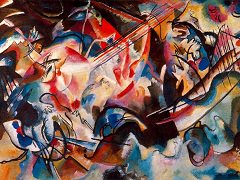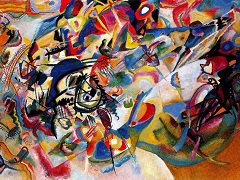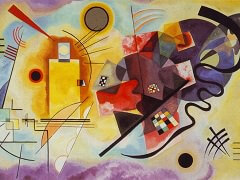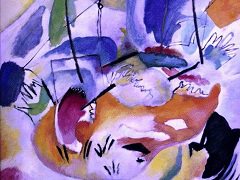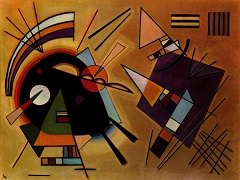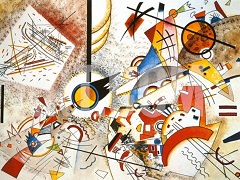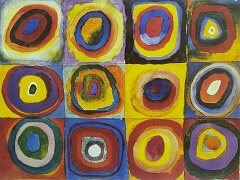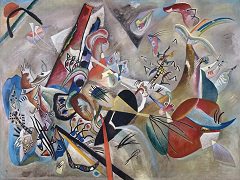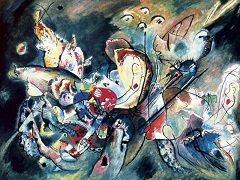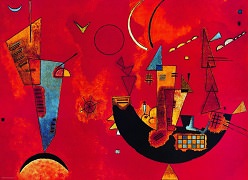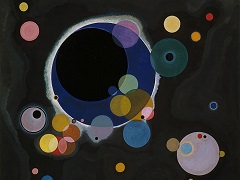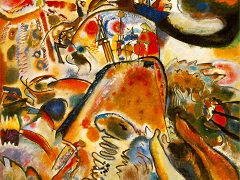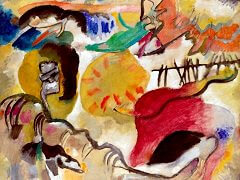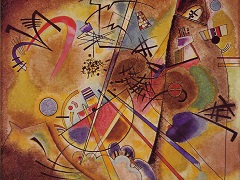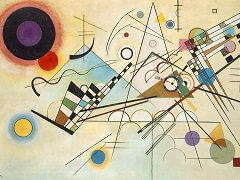From Van Gogh to Kandinsky
The Los Angeles County Museum of Art (LACMA) announces the Expressionism in Germany and France: From Van Gogh to Kandinsky exhibition from June 8
through September 14, 2014, in the Resnick Pavilion. The exhibit sheds new light on the extraordinary response of artists in Germany and France to important advances in modern art in the early 20th century.
This is the first time that the Expressionist movement is shown, not specifically as a German style, but as an all - encompassing international undertaking where artists reacted with diverse artistic approaches such as
modern masters like Paul Cezanne, Paul Gauguin, Marc Chagall, Vincent Van Gogh and Wassily Kandinsky.
Visitors will experience the Expressionism exhibit chronologically and along a "continuous Paris spine." It extends the length of the exhibition and significant works are shown by
Henri Rousseau, Henri Matisse (Henri Matisse Biography), Gauguin among other artists whose works were shown in Paris and appreciated by German artists staying in Paris.
Today, the term, Expressionism is frequently regarded as a German movement, when it emerged at the beginning of the 20th century from German artists with Classical Modernism in France. First, it was Van Gogh that "struck Modern Art like a bolt of lightning," was how one German observer cited the artist's impact on German artists. After Van Gogh, came Cezanne, then Matisse and Gauguin.
This period came at a time when Germans were already responsive to the work of Seurat and Post-Impressionists. German art dealer, Paul Cassirer and German art collector, Karl Ernst Osthaus, willingly obtained and exhibited French art, while visionary museum directors with "an eye to the future" were purchasing the works for their museum collections.
Exhibition curator, Timothy O. Benson, noted that visitors to the show will gain an awareness into "the culturally rich cosmopolitan milieu" started by the numerous exhibitions, collectors, critics, and the artists during
that time who traveled between Germany and France. He went on to remark, "how this cultural atmosphere transcended national borders."
The movement drew on pictorial imagery represented through intensely expressive colors and brushwork. It departed from the traditional depictions in which artists strove to reconstruct a resemblance of reality. It gave
shape to artists' individual perceptions, born from a common progression toward modernism among German and French artists as trends reached Germany through a network of collectors, critics and art lovers.
Expressionists like Van Gogh realized new artistic possibilities in expressive gestures by experimenting with broken brushstrokes and vibrant colors while Cezanne worked with emerging abstraction by building form with
color. Matisse discovered a brighter palette and energetic brushwork while Gauguin, during this time, found "dazzling yellow" and connected the color with "modernity and spirituality after his time with Van Gogh."
Through give and take, Expressionists sought to uphold their national cultural heritage merging "tradition with aesthetic evolution." However, unlike Impressionism,
with its focus on the world around surrounding the artists, Expressionism gave formal expression to the inner feelings of the artists, in an artistic style that was compelling and charged with energy. The relatively coarse brushwork
exposes the anxieties along with the optimism that permeated that exceptionally creative and final period before World War I.

